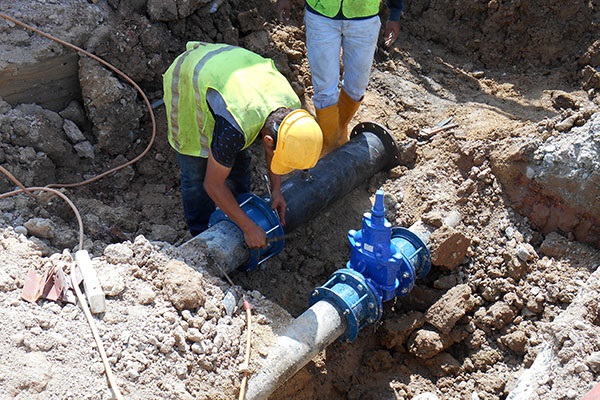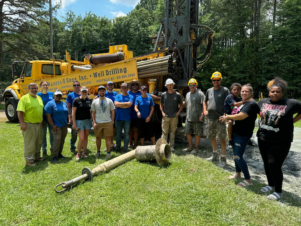Anyone working in construction will know just how messy and inventive a workplace can be. This is why standards and practices dictate that proper storage, fire safety and cleanup measures must be in place in order to make sure that laborers can work efficiently and as safely as possible. Trip hazards, exposed water, improper signage, all of this can cause injury, and in some cases even casualties.
This is why proper organization is not just a luxury on any construction site, but a fundamental aspect that permeates every other decision. No harm is ever acceptable. Yet it’s also true that the hygiene of construction sites should be considered. That can seem somewhat paradoxical when tearing down a building, but hygiene should be properly managed rather than perfected in these circumstances.
In this post, we’ll discuss how you can achieve that, and to what degree refining the hygiene of construction projects can improve your overall work cycle. Without further ado, let us begin:

Essential Utilities
It’s a worthwhile idea to consider the essential utilities you will need when managing your staff and making sure their needs are attended to. This can mean purchasing disposable coffee cups rather than having the on-site mugs improperly washed and shared by those with dirty hands each day. Additionally, proper outhouse rental can ensure those clean toilet facilities are continually available, despite having dozens of strong construction workers on site for most of the day. Washbasins, where hands can be washed, can also be a helpful benefit too, hooked up to water tanks for added portability. This way, those on the project can retain hygiene as they work a laborious job.
Equipment Cleaning
Of course, sometimes our safety and utilities equipment can become dirty over time, particularly if working in rural areas or deconstructing a building. This is where equipment cleaning can be healthy, such as a small, lightly pressured hose for blasting the mud off waterproof boots and safety helmets.
Certain cleaning solutions can also be used, along with clean clothes provided by management, to wipe down eye protector visors (which can also improve visibility thanks to this cleaning effort). The more you can keep your equipment in good condition, the more hygienic this process is, and the better off you are.
Correct Ventilation
Ventilation is much more than a simply safety issue, but a hygienic one, too. Sure, construction workers will need to ventilate a space with excess dust and even wear n95 masks should they need to be protected against inhaling toxic elements, but ventilation can also help staff breathe easier, and especially hot on the coat tails of an international pandemic, this can prevent the spread of a potential virus from moving around your team with impunity.
For this reason, investing in ventilation systems and portable ventilation solutions is vital.
With this advice, we hope you can refine the hygiene of construction projects and gain a benefit as a result. You deserve that.




Join the conversation: